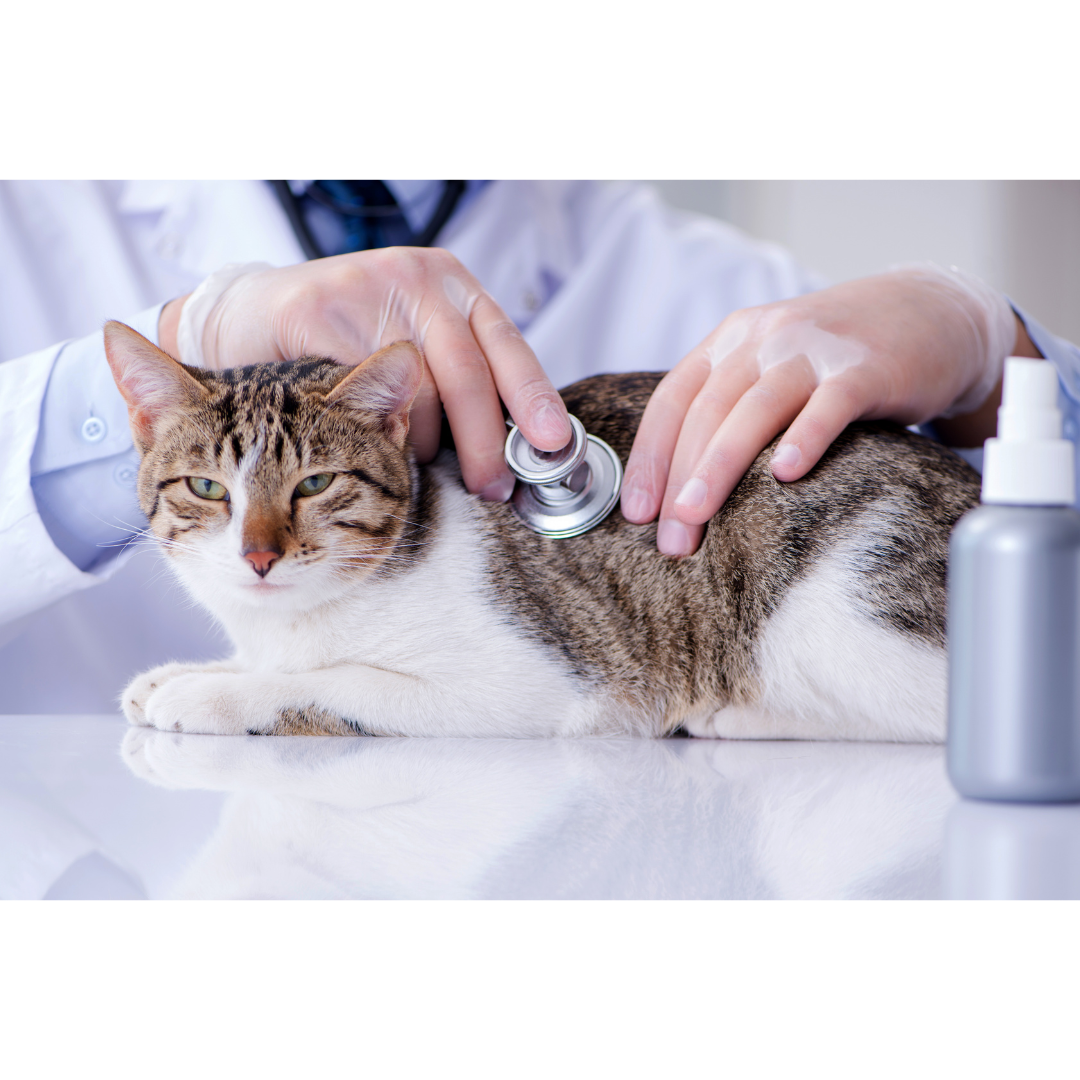
Cat Chronic Kidney Disease: Symptoms, Causes, Effects, and Treatment
Chronic Kidney Disease (CKD) is a common health issue in cats, particularly as they age. It involves the persistent loss of kidney function over time12.
Healthy kidneys perform many important functions, most notably filtering the blood and making urine12.
Problems with kidney function can result in a variety of health problems for a cat1.
Symptoms
Recognizing the signs and symptoms of feline chronic kidney disease is crucial for early detection and effective management1. Here are some common symptoms of Chronic Kidney Disease in cats:
- Weight loss: Cats with CKD often lose weight due to a decreased appetite and abnormal metabolism2345.
- Poor appetite (Inappetence): Cats with CKD may lose their appetite, which can contribute to weight loss2345.
- Lethargy: Cats with CKD may appear lethargic or have less energy than normal234.
- Increased thirst (Polydipsia): Cats with CKD may drink more water to compensate for the increased urine production2145.
- Frequent urination (Polyuria): Cats with CKD may lose the ability to concentrate their urine appropriately, leading to increased urine production2145.
- Vomiting or nausea: Some cats with CKD may experience vomiting or nausea35.
- Weakness: Cats with CKD may exhibit signs of weakness1.
- Foul breath: This can be a result of the buildup of waste products in the bloodstream3.
- Ulcers in the mouth: These can occur in some cats with CKD3.
- Pale gums: This can be a sign of anemia, a common condition in cats with CKD23.
It’s important to note that these symptoms can also be seen with other diseases, so if your cat is showing any of these signs, it’s best to consult with a veterinarian for a proper diagnosis3.
Causes
CKD is the end stage of various disease processes rather than a specific disease in its own right2. Diseases or conditions that can eventually lead to CKD include:
- Congenital malformations of the kidneys, such as polycystic kidney disease in long-haired cats2.
- Pyelonephritis, bacterial kidney infections2.
- Glomerulonephritis, inflammation and damage to the kidney’s filtration membrane2.
- Neoplasia, various tumors of the kidney, most commonly lymphosarcoma2.
- Amyloidosis, build-up of an unusual protein in the kidney that prevents it from functioning normally2.
- Viral infections, such as feline leukemia virus (FeLV) and feline infectious peritonitis virus (FIP)2.
Other disorders associated with CKD include hypercalcemia, heart disease, dental disease, cystitis, urolithiasis, hyperthyroidism, diabetes, and certain infections3.
Effects
Cats with CKD may experience a buildup of waste products and other compounds in the bloodstream that are normally removed or regulated by the kidneys1.
This accumulation may make them feel ill and appear lethargic, unkempt, and lose weight1.
They may also lose the ability to concentrate their urine appropriately, and as a result, they may urinate greater volumes and drink more water to compensate1.
The loss of important proteins and vitamins in their urine may contribute to abnormal metabolism and loss of appetite1.
They may also experience elevated blood pressure (hypertension), which can affect the function of a number of important systems, including the eyes, brain, and heart1.
Another cause of lethargy in cats with CKD is the buildup of acids in their blood1.
The kidneys of cats with CKD may not excrete these compounds appropriately, making affected cats prone to blood acidification, or acidosis, a condition that can significantly affect the function of a variety of organ systems in the body1.
CKD may also decrease a cat’s ability to produce red blood cells, which can lead to anemia, a reduced concentration of red blood cells in their blood1.
This may cause their gums to appear pale pink, or in severe cases, whitish in color, and may make them lethargic1.
Treatment
Although there is no definitive cure for CKD, treatment can improve and prolong the lives of cats with this disease1.
Therapy is geared toward minimizing the buildup of toxic waste products in the bloodstream, maintaining adequate hydration, addressing disturbances in electrolyte concentration, and supporting appropriate nutrition1.
Treatment depends on the stage of kidney disease your cat has and the signs shown, it may include4:
- Fluid therapy: To help replace lost salts and water4.
- Medication: Such as long-term oral medication or injections to stimulate appetite and slow weight loss4.
- Renal diet: A prescribed diet to manage the disease and limit further kidney damage4.
In some cases, cats with CKD develop non-regenerative anemia when their kidneys produce less of a hormone called erythropoietin, which helps the bone marrow produce red blood cells5.
The current treatments available for non-regenerative anemia in cats with CKD include blood transfusion, supplemental iron therapy, and erythropoietin replacement5.
Conclusion
Chronic Kidney Disease in cats is a serious condition that requires careful management.
If you suspect your cat may be suffering from this disease, it is important to seek veterinary care as soon as possible. With the right treatment and care, cats with CKD can still enjoy a good quality of life.
Love you feline companion more and show affection creatively.
Visit our shop for our awesome pet inspired graphic t-shirt collection wear it proudly and let the world know just how much your furry friend means to you.
Disclaimer: This article is intended for informational purposes only. It is not meant to substitute for medical advice or diagnosis provided by your veterinarian. If your cat shows symptoms, please consult your veterinarian immediately.



Leave a comment
This site is protected by hCaptcha and the hCaptcha Privacy Policy and Terms of Service apply.